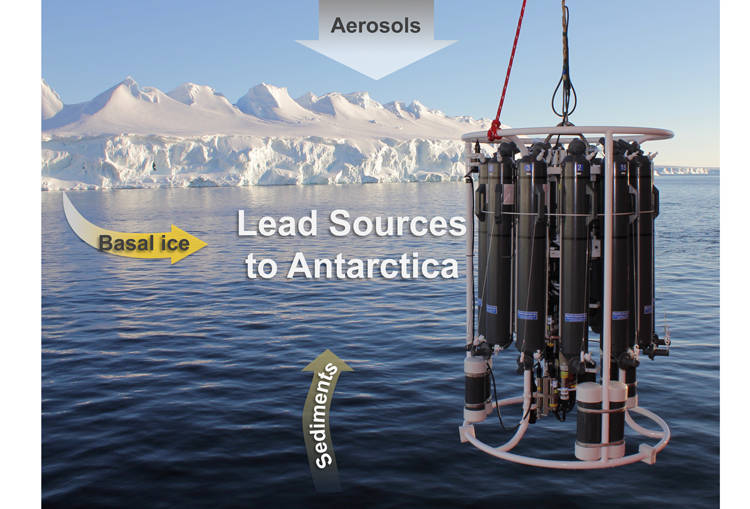Decreasing of the industrial lead contamination in the Amundsen Sea area
Since the phasing-out of leaded automobile gasoline, the imprint of industrial lead is decreasing everywhere. Antarctica snow and ice are no exception to this general rule, as shown by measurements of lead (Pb) concentration and isotopic composition in these environments as well as in the Amundsen Sea Polynya. Up to 95% of the Pb at the time of sampling is natural in source, allowing tracing weathering from Antarctic rocks….

Reference:
Ndungu, K., Zurbrick, C. M., Stammerjohn, S., Severmann, S., Sherrell, R. M., & Flegal, A. R. (2016). Lead Sources to the Amundsen Sea, West Antarctica. Environmental Science & Technology, 50(12), 6233–6239. doi:10.1021/acs.est.5b05151
